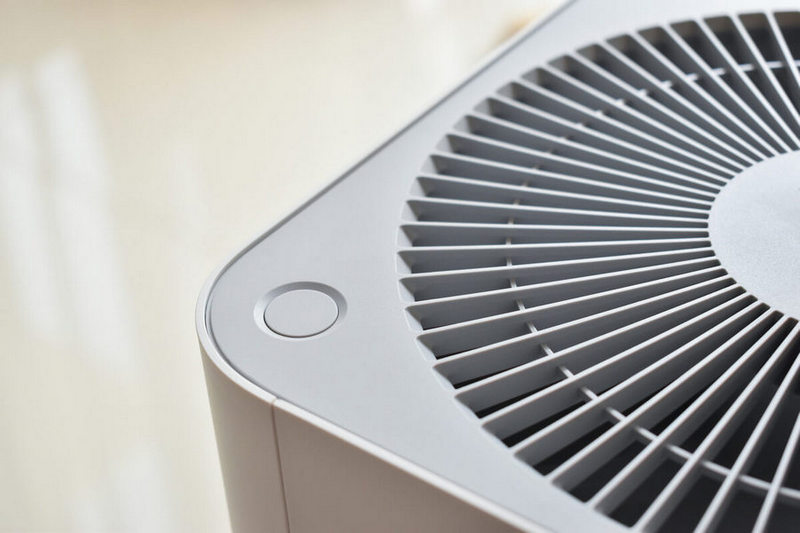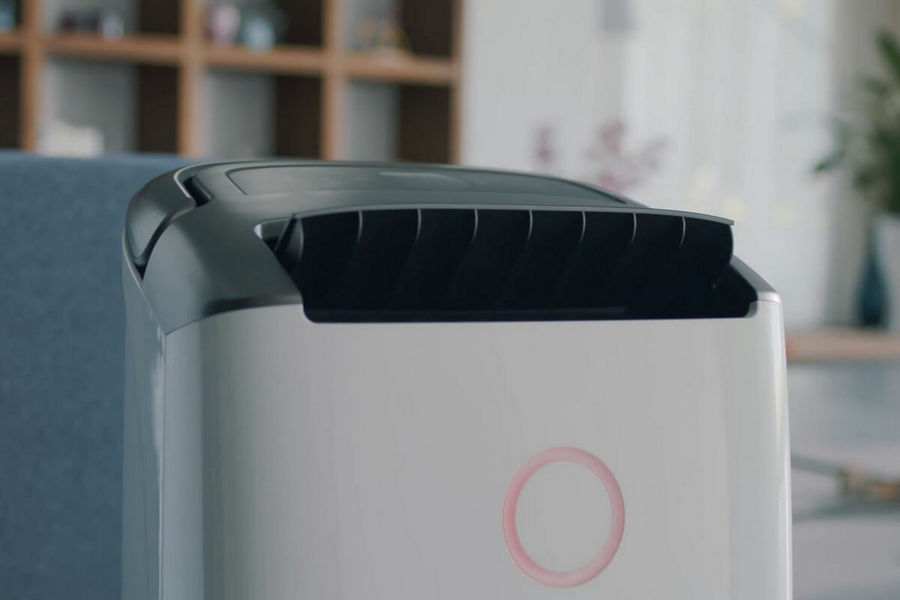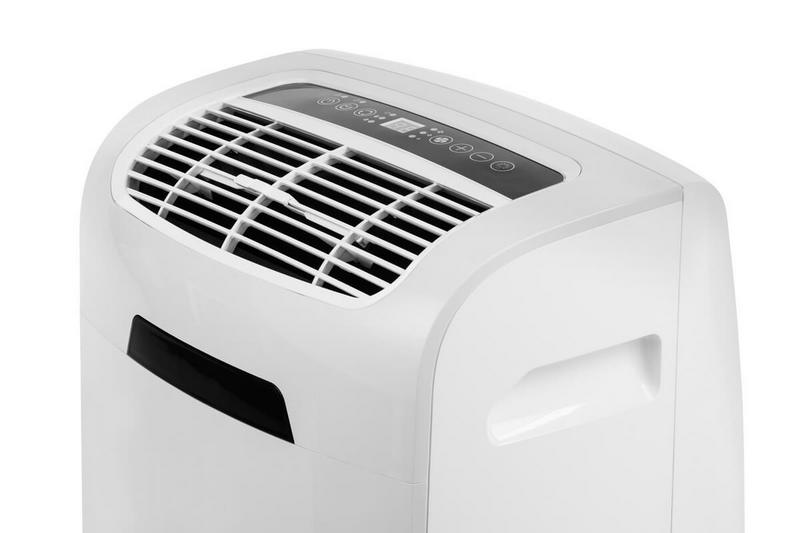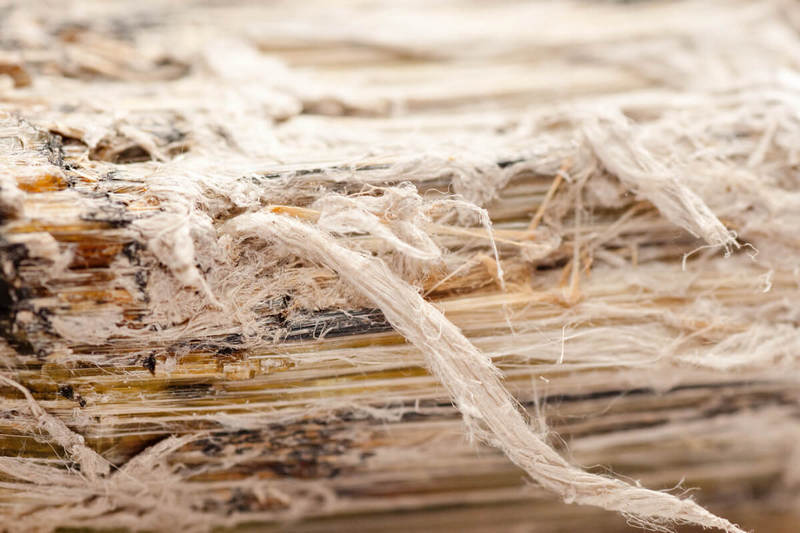When do you know it is time to get an air purifier? The answer is not straightforward. Since you can’t smell radon gas, regular indoor air quality inspections can tell you the overall health of the air you are breathing. Radon, a toxic gas, is one of the gases an IAQ test checks. If the gas levels are high, you will need an air purifier fitted to your ventilation system.
When shopping for the best air purifier for radon gas, consider the models with a carbon filter. The activated carbon filter innovation will effectively trap the gas for safe living. Also, taking into account the numerous air purifier brands out there, you need thorough research for the best. We took time to scout the market to identify efficient and reliable models for you.
List of the TOP 4 Radon Air Purifiers
Here are four air purifiers that can remove radon gas from your air.
1. IQAir GC MultiGas Air Purifier for Radon
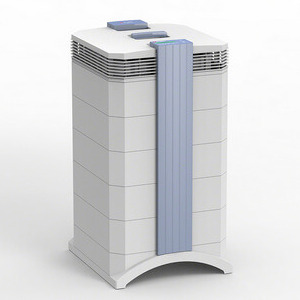
IQAir is renowned for its unique Hyper HEPA filters that eliminate ultrafine particles from the air. This air purifier has undergone multiple tests to offer powerful air filtration. It can efficiently cover a 1,125-square-foot room.
What’s more, IQAir’s air filtration system is medical-grade, so it’s more effective than most air purifiers. The GC multigas comes with an activated carbon filter fortified with ChemiSorber media that removes organic and inorganic compounds. The gas-phase media with bituminous carbon weighs only 12 pounds.
IQAir features a triple-seal technology to ensure no air leakage before filtration. It also has a new edition fan that uses limited electricity for energy efficiency. The fan’s motor is maintenance-free, so it costs less to use this air purifier.
The EvenFlow Diffuser offers 320-degree air delivery for even distribution to all parts of the room. The diffuser also has no draft, and the air outlet is noise-free; you won’t worry about distractions. With the refined control features, you can program the air purifier’s operation.
2. Alen BreatheSmart for Smoke and Chemical
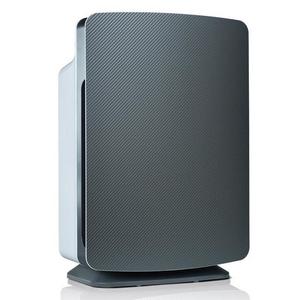
The BreatheSmart features digital controls with an auto mode cleaning option to give you quality air throughout. Its special HEPA filter has an ionizer that is ozone-free and prevents clumping of particles.
The air purifier is energy efficient as it utilizes only 105 watts when set to turbo. There is a built-in timer so you can clean the air. With the infrared sensor, this air purifier will detect particles in the air for cleaning.
This BreatheSmart air purifier comes with four fan speed adjustment settings for convenient use. It has a WhisperMax innovation that keeps the appliance quiet all through as you enjoy the quality breeze. This air purifier is ideal for large areas, covering 1,100 square feet.
The BreatheSmart is available in a range of color options depending on your preference and décor for a blend.
3. Blueair Blue Pure 211+

The Blueair Blue Pure air purifier comes with a Swedish Filter Technology that removes all airborne pollutants. Besides capturing ultrafine particles, the advanced filter with activated carbon eliminates odors.
If you are going for a colorful style in your room, choose this air filter. You can achieve the Scandinavian look with the diva blue and dark shadow pre-filters. Also, these pre-filters are machine washable for cost-free protection.
This air purifier operates with a noise level of 31 decibels at low speed and only 56 decibels at the highest speed. It also has low energy consumption since it uses 30 to 61 watts to save on energy costs.
The Blueair Blue Pure air purifier is independently tested and verified by AHAM for Clean Air Delivery Rate. The California EPA Air Resources Board also certifies this air purifier for safe ozone emissions.
4. Dyson Pure Hot + Cool Air Purifier
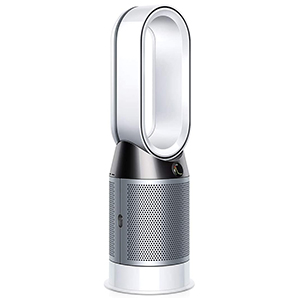
The Dyson Pure Hot + Cool Air Purifier is a multi-functional appliance that serves as an air purifier and a space heater. Not only that, but you can use the Dyson app to ensure a healthier indoor environment for your family and pets.
The Dyson Pure Hot + Cool Air purifier offers a distinctive oblong design, featuring a 30 inches tall slim heater. Moreover, the hollow ring circulates clean and pure hot or cool air according to your preference.
You can turn the unit on and off using the button available on it, from the remote control or the smartphone app. And lucky for you, you can even use Alexa to control the air purifier and get updates on indoor air quality.
This smart appliance automatically detects air pollution in the surroundings to activate the purification process. Additionally, it displays air quality levels on the LCD, including allergens, ultrafine particles, volatile organic compounds, and nitrogen dioxide.
The Dyson Pure Hot + Cool air purifier features an advanced sealed HEPA filter to capture 99.97% of the allergens that can be as small as 0.3 microns.
Read Also: Dyson Air Purifier Fan Filter Cleaning
Radon Air Purifiers FAQ
Here are some of the common questions you might ask about radon gas.
What is radon?
Radon is an inert gas that occurs naturally, and is odorless and colorless. This radioactive gas comes from decaying uranium. You will only find traces of radon in the atmosphere. Although it disperses safely outdoors, it is of health concern if it builds up indoors. Continuously breathing the gas may lead to lung cancer development. Radon exposure may occur at home, in the office, or at school.
How does radon enter houses?
Radon comes from the decay of uranium underground, so there’s plenty of it in the soils. It finds its way into houses through cracks on the floor and walls. It also enters buildings through holes, crevices, cracks, and other openings in the foundation. This radioactive gas may also enter your house via well water.
Since radon gas is odorless and colorless, you cannot detect its presence until you test. If the tests show high levels of this gas, get professional help from certified individuals for a fix. You can also consult experts on ways to control the gas in your house.
Why is radon dangerous?
Radon is a radioactive gas that comes from decaying uranium. When it builds up in your home, all the residents who breathe it risk developing lung cancer and other lung complications. This gas is the second leading cause of lung cancer after smoking.
For healthy living, you must conduct radon testing DIY or hire professionals for help. You should also ensure you seal all openings and holes on the wall, floor, and foundations to control radon entry.
How to test radon levels in your home?
Since radon gas is colorless and has no smell, it is hard to detect. Testing for the gas will help determine mitigation approaches.
You can use DIY kits in that market for testing. Such kits are available online or at the nearest hardware store. Alternatively, you can get the services of a professional tester, although it’ll take a few days to receive the results.
You can buy a radon detector like an alpha-track, indicating when the toxic gas is in the house. If you find elevated gas levels, you can install a ventilation system.
Can an air purifier help with radon?
Yes, an air purifier with an activated carbon filter can successfully eliminate the gas from the surrounding air. However, the extent to which the air purifier cleans radon from the air depends on the brand quality. Some models feature sophisticated filter technology to enhance the efficacy of removing ultrafine particles.
Note that radon gas may affix its molecules to water and airborne particles. So, an air purifier may not eliminate all the gas in your house.
Do I need a radon mitigation system?
A radon mitigation system is significant for healthy living because it reduces the level of radioactive and underground gases in your house. Besides improving wellness in your home, these systems also prevent the entry of other soil gases into the building.
Due to the health threat that the gas poses, some US states have set construction standards. With technological advancement, more reliable and less demanding mitigation options are available. Consult a specialist for more information on the mitigation systems worth considering.



